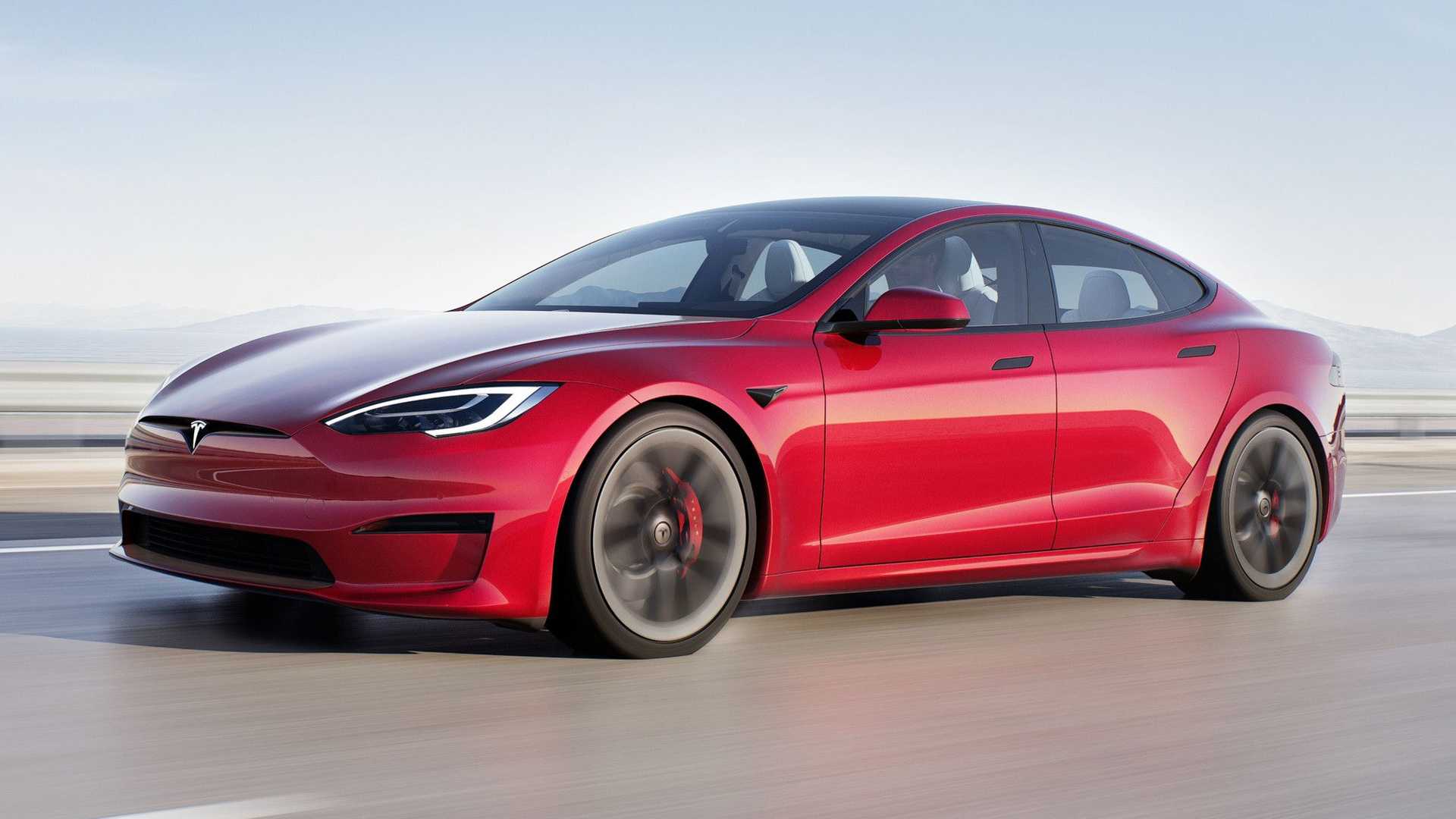In today’s rapidly evolving automotive landscape, technology plays a pivotal role in the driving experience. From advanced infotainment systems to sophisticated driver assistance features, modern vehicles rely heavily on software updates to enhance performance, safety, and convenience.
However, the approach manufacturers take toward delivering these updates varies widely, impacting ownership costs and user experience.
Some automakers offer free over-the-air (OTA) software updates, allowing owners to benefit from continuous improvements and new features without additional charges.
These free updates can include enhancements to navigation, infotainment, safety systems, and even vehicle performance, keeping the car current and competitive throughout its lifecycle. Brands that adopt this model often aim to build customer loyalty by providing value beyond the initial purchase.
Conversely, other manufacturers have adopted subscription-based models where software updates and certain connected services require ongoing payments. These subscription fees can cover navigation upgrades, premium streaming services, advanced driver aids, or cloud-based features.
While subscription services may offer a steady revenue stream for automakers and access to cutting-edge technologies, they can also increase the total cost of ownership and cause frustration among buyers who expect technology to be included with their vehicle.
This article explores both sides of this evolving trend by highlighting five vehicles where tech updates come at no extra cost and five models that require subscriptions for software updates and connected services.
Understanding these differences helps consumers make informed decisions in an era where software is as crucial as hardware.
Also Read: 5 Cars That Keep Working in Texas Heat and 5 That Overheat Instantly
5 Vehicles Where Tech Updates Are Free
In an era where vehicle technology is increasingly software-driven, the ability to receive free software updates has become a significant selling point for many buyers.
Vehicles that offer free over-the-air (OTA) updates empower owners to keep their cars’ infotainment systems, navigation, safety features, and even performance software current without paying extra fees.
This approach not only enhances the ownership experience but also helps maintain the vehicle’s value and relevance as technology rapidly evolves.
Manufacturers providing free updates tend to view software as an integral part of the vehicle’s value proposition rather than a recurring revenue stream.
By continuously improving features and fixing bugs at no cost, these automakers foster customer goodwill and encourage long-term brand loyalty.
Free OTA updates also reduce the inconvenience of traditional dealer visits for software-related repairs or upgrades, allowing drivers to seamlessly benefit from improvements while on the go.
This model has become particularly popular among electric vehicle (EV) makers and tech-forward automakers who aim to differentiate themselves in a crowded market.
Free updates can include a wide range of improvements — from user interface enhancements and navigation map updates to advanced driver assistance system (ADAS) refinements and even new driving modes.
However, it’s important to note that while the updates themselves may be free, some automakers limit free updates to certain timeframes or vehicle ownership periods. Still, the overall trend reflects a consumer-friendly philosophy that prioritizes keeping the vehicle’s tech fresh without additional cost.
In the following section, we will examine five standout vehicles that offer free technology updates, highlighting why they have embraced this approach and what benefits owners can expect.
1. Tesla Model 3 (2017–Present)
Tesla has been a pioneer in the automotive industry by offering free over-the-air (OTA) updates for its vehicles, and the Model 3 exemplifies this approach.
Owners of the Model 3 benefit from continuous software enhancements that improve everything from the infotainment system to battery management and autopilot features—without any additional charges.
Tesla’s OTA system allows the company to push updates directly to vehicles via Wi-Fi or cellular networks. These updates often introduce new features, enhance existing functionalities, fix bugs, and improve vehicle performance.
For example, Tesla has delivered updates that enhance acceleration, add new entertainment options, and improve the responsiveness of driver assistance systems.
This free update model aligns with Tesla’s mission to keep its vehicles at the cutting edge throughout their lifecycle, ensuring customers always experience the latest innovations without needing to visit a service center. By continuously refining software, Tesla increases the value proposition of its cars and maintains a competitive edge in the EV market.

Moreover, the Model 3’s software-first philosophy means that many traditional hardware upgrades are replaced or complemented by software tweaks. This reduces long-term maintenance costs and gives owners a sense of owning a vehicle that improves over time.
In summary, Tesla’s commitment to free OTA updates with the Model 3 demonstrates how software-driven vehicles can deliver enhanced functionality, improved safety, and better performance at no extra cost to the consumer.
2. Ford Mustang Mach-E (2021–Present)
Ford’s Mustang Mach-E represents a bold step into the electric vehicle market, coupled with a modern approach to vehicle software updates. Ford offers free over-the-air (OTA) updates for the Mach-E, ensuring owners receive regular software improvements without additional fees.
These free updates cover a wide range of systems, including the infotainment interface, navigation maps, battery management, and driver-assistance features.
For example, Ford has used OTA updates to enhance the Mach-E’s range through improved battery calibration and to refine the responsiveness of its Co-Pilot360 safety suite.
The Mach-E’s infotainment system is built on the SYNC 4 platform, which supports seamless software updates and new feature rollouts. By delivering updates wirelessly, Ford minimizes the need for dealership visits and improves the overall ownership experience.
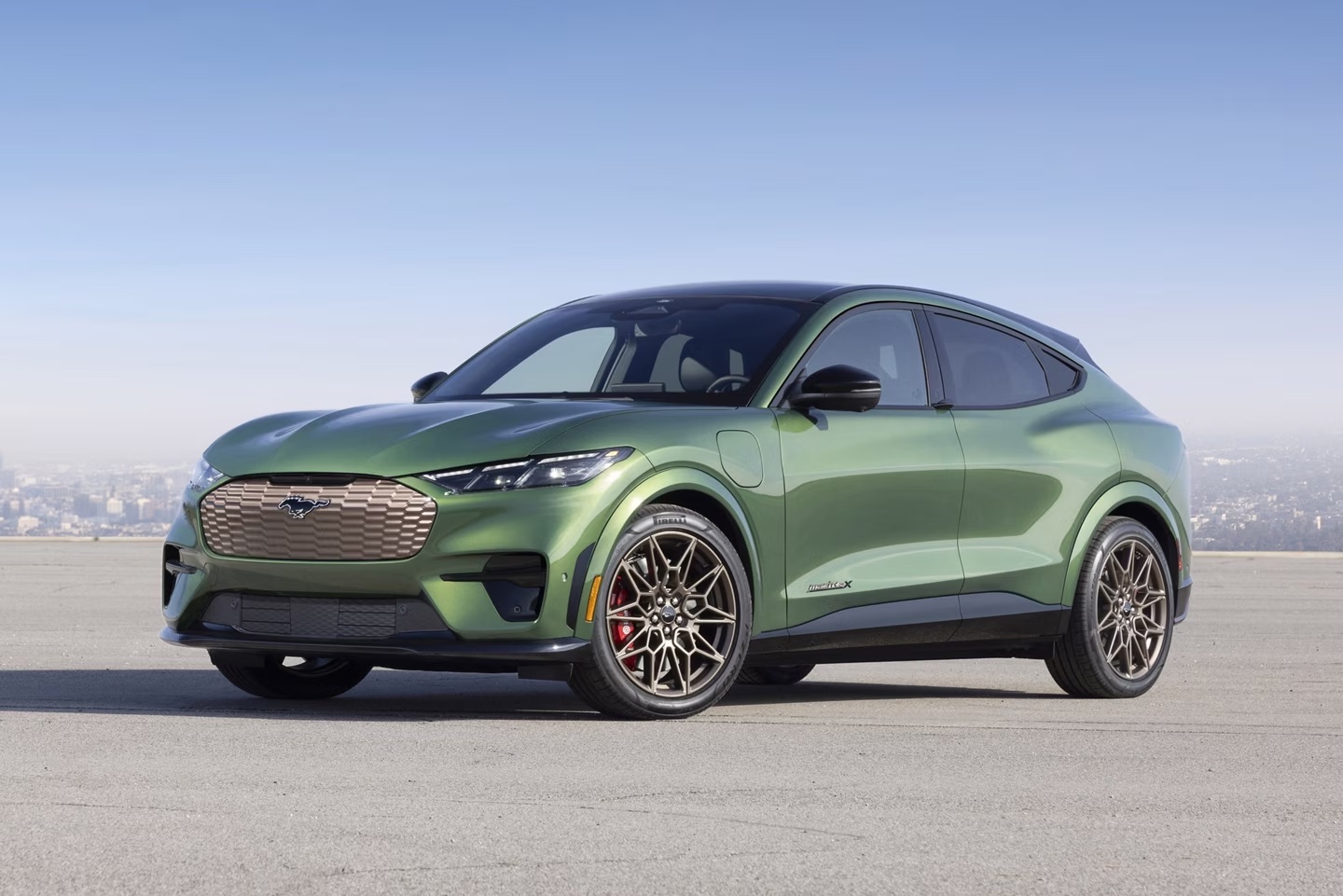
Offering free tech updates aligns with Ford’s strategy to compete with other EV manufacturers like Tesla, emphasizing value and ongoing vehicle improvement. Owners appreciate this because it helps maintain the Mach-E’s usability and desirability over time, reducing concerns about software obsolescence.
Additionally, Ford’s transparency regarding free updates provides customers with confidence that their vehicle’s technology will remain current as new features become available, enhancing both safety and convenience.
The Mustang Mach-E’s free OTA update policy highlights Ford’s commitment to delivering a future-ready vehicle that evolves with its owners’ needs, all without unexpected subscription fees.
3. Volkswagen ID.4 (2021–Present)
Volkswagen’s ID.4 electric SUV embraces the free over-the-air (OTA) update model, positioning itself as a forward-thinking and customer-friendly vehicle in the competitive EV market.
Owners benefit from ongoing software updates that improve everything from infotainment and navigation to vehicle performance and driver assistance systems without paying extra.
Volkswagen’s OTA updates for the ID.4 typically include enhancements such as improved range management, new infotainment features, bug fixes, and refinements to the adaptive cruise control and lane-keeping assist technologies. This approach allows the ID.4 to stay relevant and competitive, even as automotive technology rapidly advances.
By offering free software updates, Volkswagen removes a potential barrier for consumers concerned about the longevity and adaptability of their vehicles’ tech systems. Owners can enjoy new features and improved performance without returning to dealerships or incurring unexpected costs.
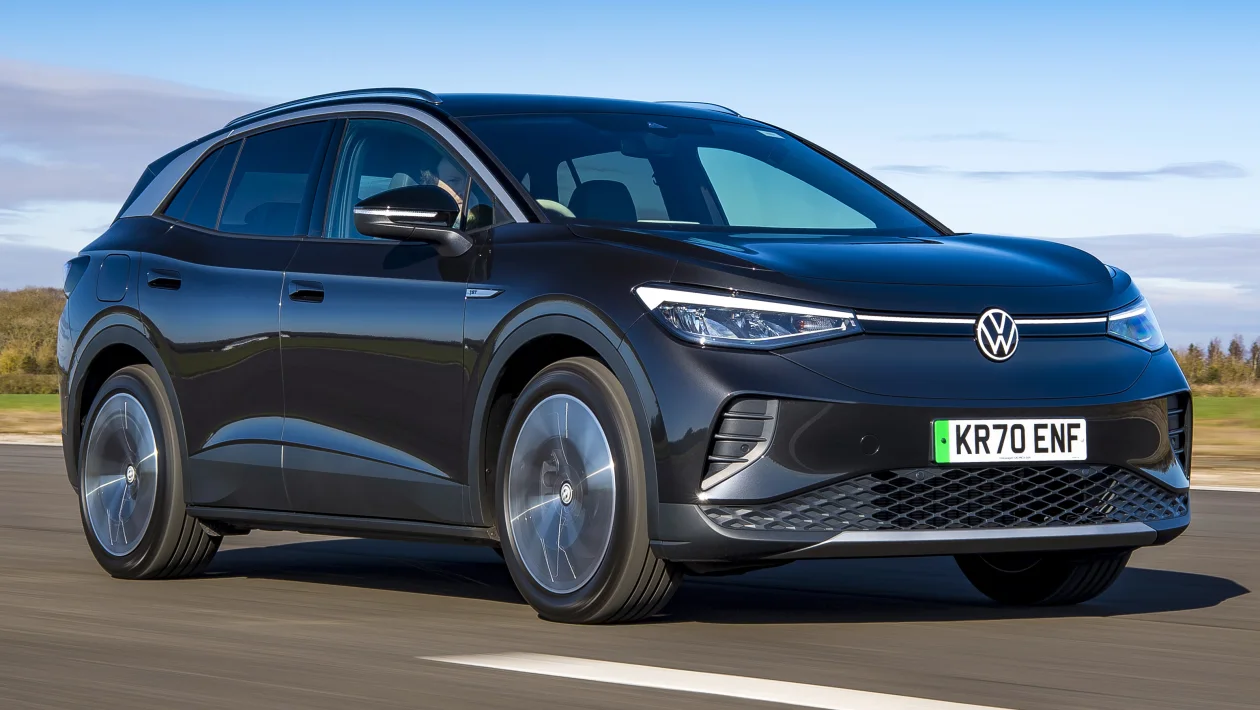
The ID.4’s user interface and vehicle systems are designed to support seamless wireless updates, making the process straightforward and convenient. This benefits both the manufacturer and the owner by reducing service center visits and maintaining the car’s freshness in a tech-driven market.
In summary, Volkswagen’s commitment to free OTA updates on the ID.4 reflects its broader goal of making electric mobility accessible and appealing while providing a hassle-free ownership experience with continual software improvements at no additional cost.
4. Hyundai Ioniq 5 (2022–Present)
The Hyundai Ioniq 5 is a highly regarded electric crossover that comes with the significant benefit of free over-the-air (OTA) software updates.
Hyundai’s approach to software ensures that owners receive ongoing improvements and new features without incurring extra charges, enhancing both convenience and ownership value.
Hyundai uses OTA updates to deliver a wide array of benefits, including enhanced battery management, upgraded infotainment capabilities, improved navigation systems, and updates to driver-assistance technologies. These updates help the Ioniq 5 stay competitive in the rapidly evolving EV market.
Free updates allow Hyundai to fix software bugs and introduce new functions remotely, reducing the need for dealership visits and associated inconvenience or cost. For example, owners have reported noticeable improvements in charging speed optimization and user interface responsiveness following OTA updates.
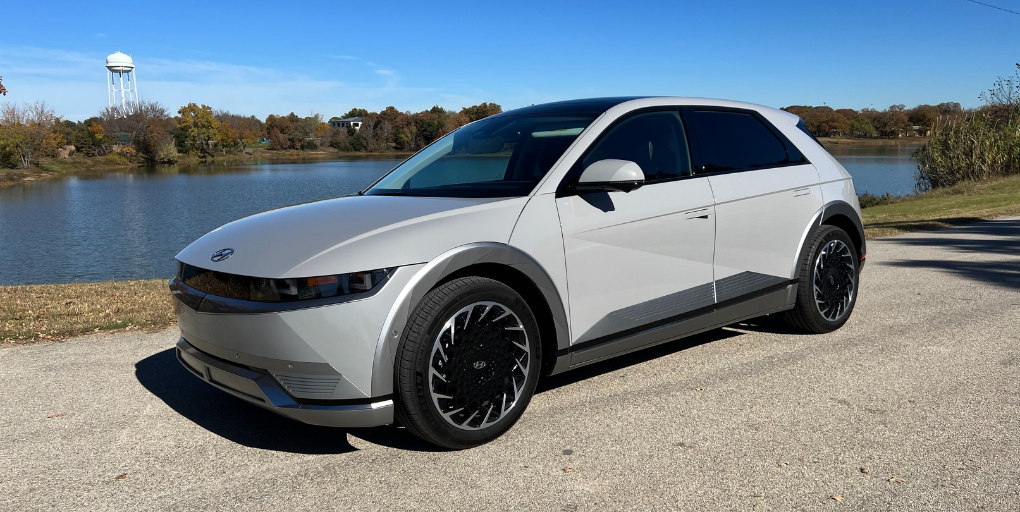
Hyundai’s commitment to free tech updates reflects an industry trend that emphasizes customer satisfaction and long-term vehicle value.
This strategy also highlights Hyundai’s confidence in its product and software ecosystem, reassuring buyers that their vehicle’s technology will not become outdated quickly.
Overall, the Ioniq 5’s free OTA updates contribute significantly to a smooth ownership experience by keeping the vehicle’s technology fresh and functional over time without surprise fees, making it an excellent option for tech-savvy EV buyers.
5. Polestar 2 (2020–Present)
Polestar, Volvo’s electric performance brand, offers the Polestar 2 with a strong commitment to free over-the-air (OTA) software updates. This approach ensures that owners continuously benefit from enhancements without worrying about extra costs.
The Polestar 2’s OTA updates cover a variety of systems, including infotainment improvements, battery management optimization, safety feature upgrades, and general bug fixes. Powered by Android Automotive OS, the vehicle’s infotainment system receives regular updates that refine user experience, add new apps, and improve connectivity features.
By providing free updates, Polestar addresses one of the key concerns of EV buyers: technology obsolescence.
This keeps the Polestar 2 competitive and relevant, even as new innovations emerge after purchase. The updates also improve vehicle performance and energy efficiency, providing tangible benefits to drivers.
The OTA process reduces the need for physical dealership visits, streamlining maintenance and enhancing customer convenience. It also demonstrates Polestar’s commitment to sustainability by minimizing the environmental impact associated with traditional software upgrades.
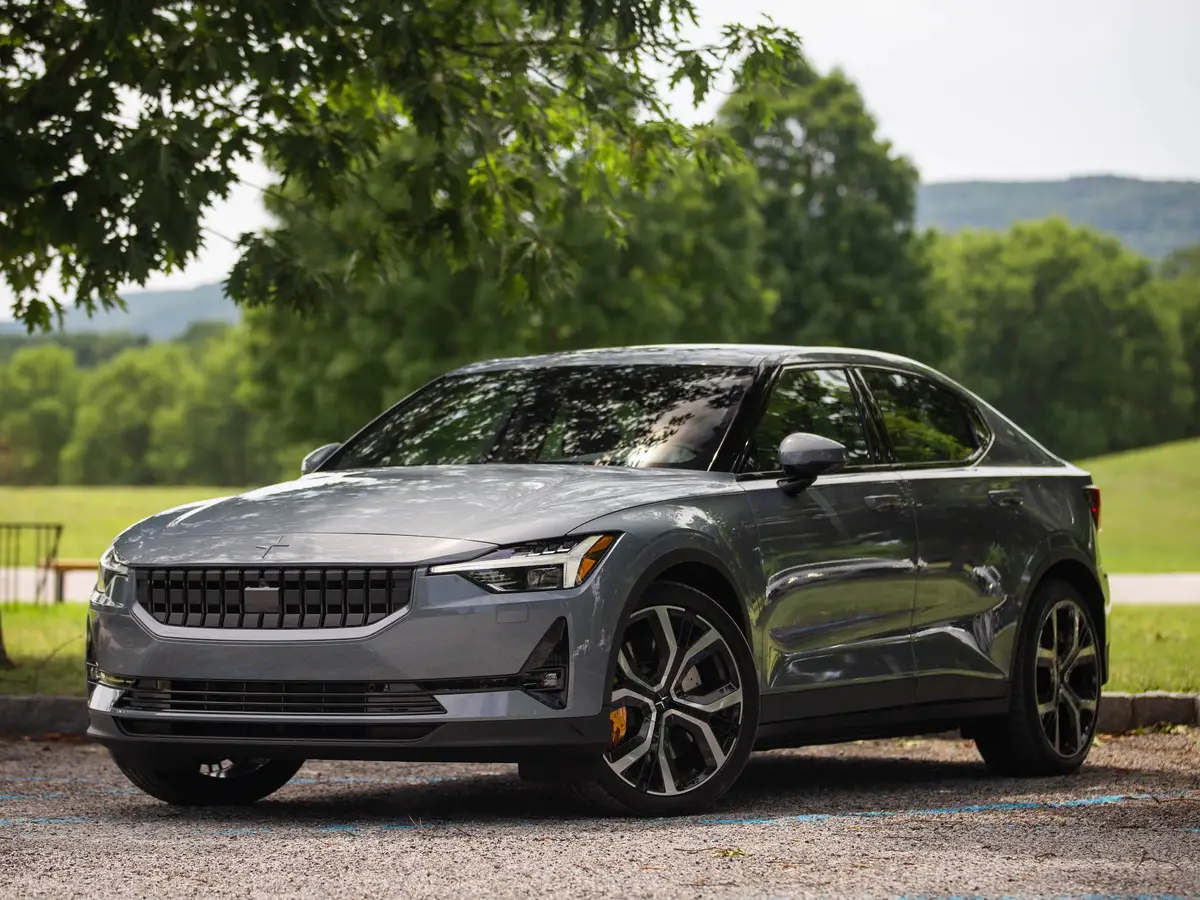
In conclusion, the Polestar 2’s free OTA updates underscore the brand’s dedication to delivering a future-proof vehicle experience. For owners, this means owning a car that evolves and improves over time without subscription fees or hidden costs.
5 Vehicles That Charge Subscription Fees
While free over-the-air (OTA) updates have become a hallmark of many modern vehicles, a growing number of automakers are adopting subscription-based models for technology updates and connected services.
This approach involves charging owners ongoing fees—monthly or yearly—for access to certain software features, updates, or digital content, fundamentally changing the way consumers interact with their vehicles.
Subscription fees can cover a wide array of offerings: navigation map updates, advanced driver assistance systems (ADAS), real-time traffic data, streaming entertainment, remote vehicle control, and cloud-based functionalities.
For automakers, subscriptions create a recurring revenue stream that helps fund ongoing development and support for vehicle software. However, for consumers, these fees can increase the total cost of ownership unexpectedly, and sometimes the required services may feel essential rather than optional.
This model is often more prevalent among luxury brands and some newer entrants who position subscriptions as part of a premium ownership experience.
While it allows manufacturers to continually monetize their software platforms, it also sparks debate about the fairness of charging for updates that were once included with the vehicle purchase.
For buyers, understanding which vehicles require subscription fees—and what those fees entail—is crucial when evaluating the long-term costs and convenience of ownership. Subscription-based updates may offer cutting-edge features and customization options, but they come with ongoing financial commitments that may not suit every driver.
In the following section, we will explore five vehicles known for charging subscription fees for tech updates and connected services, highlighting why manufacturers have chosen this route and how it impacts the user experience.
1. BMW 3 Series (G20, 2019–Present)
BMW’s 3 Series has long been a benchmark for luxury sports sedans, but in recent years, the brand has introduced subscription fees for some technology features, marking a shift in how owners access software updates and connected services.
BMW offers a range of connected services through its ConnectedDrive platform, many of which require paid subscriptions after an initial trial period.
These services include real-time traffic updates, advanced navigation features, concierge services, and remote vehicle controls. Even certain driver assistance upgrades, such as adaptive cruise control enhancements, can be tied to subscription fees.
For updates related to infotainment and vehicle software, BMW has also experimented with subscription models, meaning that while some basic updates may be free, advanced features or continuous map updates might come at a cost.
This creates an ongoing revenue model but also adds complexity and expense to ownership.

BMW’s rationale behind this model is to provide flexibility—customers can choose which services to pay for based on their needs, but this also means that some features that used to be bundled may now require extra fees.
For consumers, this subscription-based approach can be frustrating, especially if they expect continuous updates to be included with their vehicle purchase. It also complicates resale value since potential buyers must consider ongoing fees.
In summary, the BMW 3 Series exemplifies the growing trend among luxury automakers to monetize software and services through subscriptions, shifting some costs from upfront payments to ongoing fees.
2. Mercedes-Benz E-Class (W213, 2016–Present)
Mercedes-Benz has embraced subscription-based services extensively with its E-Class models, particularly through the Mercedes me connect platform.
While the E-Class boasts impressive technology and luxury features, many advanced tech updates and connected services come with subscription fees that can add to the total ownership cost.
Owners receive a basic level of services when purchasing the vehicle, but features like real-time traffic updates, remote start, vehicle tracking, and advanced navigation enhancements often require activating paid subscriptions after a complimentary trial period expires.
Additionally, Mercedes-Benz offers subscription packages for driver assistance systems, such as active lane-keeping assist and adaptive cruise control with stop-and-go functionality.
The automaker’s push toward software monetization means that while some critical safety updates may be included free, many comfort and convenience features are locked behind paywalls. This approach helps Mercedes fund continuous software improvements but creates a recurring cost for consumers.
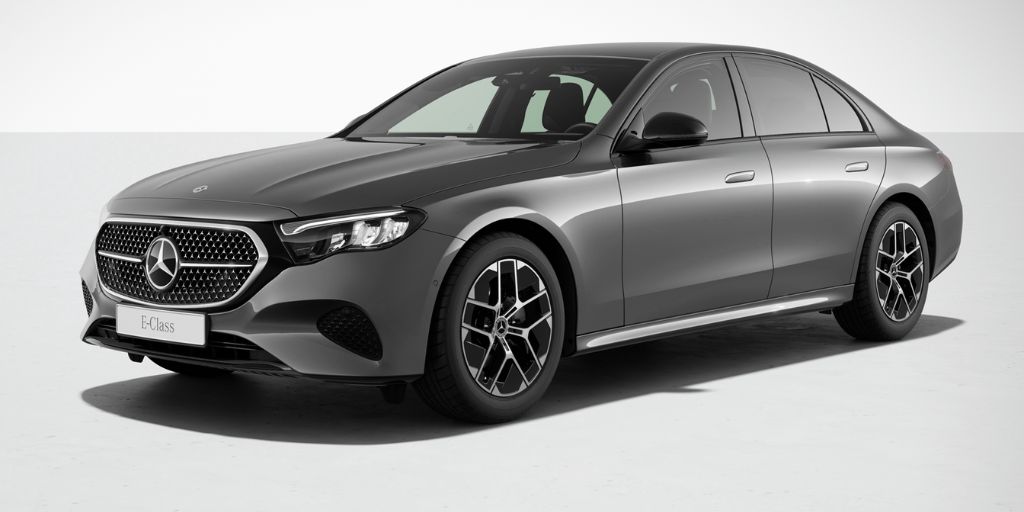
The subscription model also allows Mercedes to offer customizable packages, letting owners tailor services to their preferences. However, customers may find the system confusing, as some features require subscriptions while others do not.
For potential buyers, it is important to weigh the benefits of advanced technology against the added financial commitments. While subscription fees enable ongoing innovation, they can also detract from the ownership experience by introducing unexpected expenses.
In conclusion, the Mercedes-Benz E-Class highlights how luxury vehicles are increasingly shifting to subscription-based revenue models, offering cutting-edge tech with the tradeoff of ongoing fees.
3. Toyota Tundra (2022–Present)
While Toyota has traditionally been known for straightforward ownership and minimal hidden costs, the 2022+ Toyota Tundra marks a shift with the introduction of subscription-based services for certain tech features—particularly through its new infotainment and connected services ecosystem.
One of the more notable changes is that Toyota now charges a subscription fee for remote start via the key fob after a trial period. This move sparked controversy when owners realized that a previously standard feature was now being placed behind a paywall.
Additionally, Toyota’s suite of connected services—including cloud-based navigation, voice assistant integration, and Wi-Fi hotspot access—is only available via subscription after the trial ends.
The infotainment system itself is cloud-native, meaning certain features—like real-time navigation routing—rely on paid services to remain active. While Toyota offers a trial period of up to 1–3 years depending on trim level, continued access afterward comes with a recurring cost.
For a full-size truck like the Tundra, which appeals to both commercial and family buyers, these charges may be seen as nickel-and-diming, particularly for features that many consumers assume are built into the sticker price. The remote start subscription, in particular, has been criticized for being tied to hardware that is already present in the vehicle.

This pivot reflects Toyota’s effort to modernize its connected technology and create a new revenue stream. But it also forces buyers to carefully evaluate the long-term value and necessity of each feature before committing.
In summary, the Toyota Tundra demonstrates that even traditionally value-oriented automakers are beginning to explore subscription models—sometimes to the frustration of loyal customers.
4. Tesla Model S (2012–Present)
Tesla, a pioneer in electric vehicles and over-the-air updates, also embraces a subscription-based model—but with a different twist.
While many software updates are delivered for free, Tesla reserves some of its most advanced features behind a paywall, particularly when it comes to its driver assistance technologies.
The most prominent example is Full Self-Driving (FSD) capability, which is available either as a one-time purchase or through a monthly subscription. As of 2025, the FSD subscription can cost several hundred dollars per month, depending on the package and region.
This allows owners to access features like Navigate on Autopilot, Auto Lane Change, Auto Park, and Traffic Light/Stop Sign Control without paying the full upfront cost—but the recurring nature of the fee can quickly add up.
Additionally, premium connectivity, which enables satellite-view maps, in-car video streaming (like Netflix and YouTube), live traffic visualization, and internet browsing, also requires a monthly subscription after the initial free trial period. While these features aren’t necessary for basic driving, many owners consider them integral to the Tesla experience.
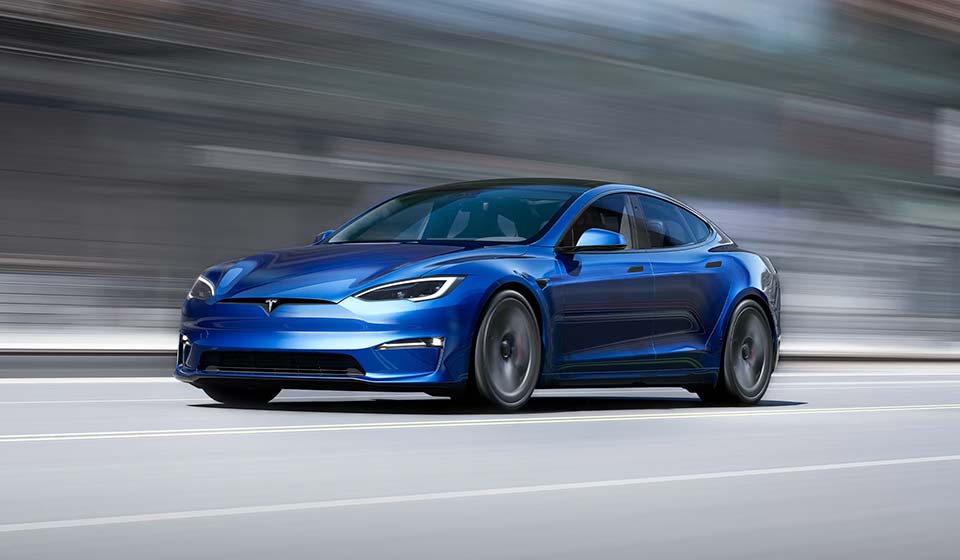
Tesla’s subscription model is designed to provide flexibility, but critics argue that it masks the true cost of the vehicle. Features tied to software subscriptions blur the line between vehicle ownership and service rental, especially when the hardware to support these capabilities is already installed in the vehicle.
In essence, Tesla helped pioneer software-rich vehicles but also laid the groundwork for tech-based monetization. The Model S is a prime example of a premium car where ongoing subscriptions significantly shape the ownership experience.
5. Chevrolet Silverado 1500 (2019–Present)
The Chevrolet Silverado 1500, a mainstay in the full-size truck market, has also joined the growing list of vehicles that implement subscription fees for certain technological features.
While Chevy traditionally appealed to buyers seeking dependable performance without luxury-level pricing, recent changes in its connected services strategy have introduced new recurring costs for owners.
Central to these charges is the OnStar system, which manages a suite of safety, security, and connectivity services.
Although new Silverado owners typically receive a trial period for features like automatic crash response, remote start via the mobile app, and vehicle diagnostics, continued access requires a monthly subscription.
Premium packages that offer real-time navigation, stolen vehicle assistance, and Wi-Fi hotspot access can cost between $25–$45 per month.
In addition, the Silverado’s infotainment system software updates and live traffic integration are bundled into these OnStar services. Once the trial period ends, basic features remain, but many of the enhancements that modern truck buyers expect—like cloud-based navigation or voice-to-text functions—become locked unless renewed through subscription.

This model presents challenges for owners who may not anticipate long-term fees beyond fuel and maintenance. It’s especially concerning for fleet buyers or rural users who prefer functionality without continual digital overhead.
Chevrolet defends this structure by highlighting the value and safety benefits of its connected services, but consumers are increasingly wary of paying for features that rely on hardware already built into the truck.
In summary, the Silverado 1500 shows how even mainstream vehicles are embracing tech subscriptions as a business strategy—changing the ownership calculus for buyers who may not be accustomed to paying monthly for vehicle functionality.
The automotive industry is undergoing a rapid transformation as vehicles become more than just machines — they’re becoming platforms for software, connectivity, and continuous digital interaction.
This shift has introduced two sharply contrasting ownership experiences: one where technology updates are provided free of charge, and another where subscription fees are required to maintain or unlock certain features.
On one side, manufacturers like Hyundai, Ford, and Rivian are making a strong case for customer loyalty by offering free over-the-air updates. These companies understand that frequent, hassle-free updates contribute to safety, performance, and customer satisfaction.
Their approach reflects a customer-first philosophy, offering long-term value and promoting a sense of fairness. This strategy can even become a selling point, especially in a competitive market where consumers are growing increasingly mindful of hidden ownership costs.
On the other side, automakers such as BMW, Tesla, and Toyota have adopted subscription models as a way to continuously monetize their vehicles beyond the showroom.
While this helps fund R&D and allows for flexible access to premium features, it introduces a layer of financial complexity.
Consumers are now required to budget not only for maintenance and fuel, but also for services that were once part of the purchase price — such as remote start, live navigation, or advanced driver aids.
The key challenge for consumers lies in assessing long-term value. Is the upfront lower cost offset by years of fees? Are the services offered truly optional, or do they impact daily driving convenience and safety? These are questions every buyer must answer when considering a tech-rich vehicle.
Ultimately, the choice comes down to transparency, expectations, and priorities. Automakers that offer free updates earn goodwill and simplify ownership. Those charging subscription fees must clearly communicate value, or risk alienating customers.
As software continues to define vehicle functionality, how manufacturers handle updates and subscriptions will increasingly shape brand reputation — and buyer decisions.
Also Read: Top 5 Cars That Don’t Require Premium Gas and 5 That Can’t Run Without It

